A nostalgic look at video games in the ’90s
The 1990s are often remembered as the golden era of gaming, a time when video games truly started to capture the hearts and minds of players worldwide. This decade saw technological advancements that brought games to life in ways previously unimaginable.
From the humble beginnings of pixelated graphics to the emergence of complex 3D worlds, the ’90s were a playground of innovation. It was a time when gaming moved from a niche hobby to a central piece of popular culture.
The Rise of Home Consoles: From 8-bit to 32-bit
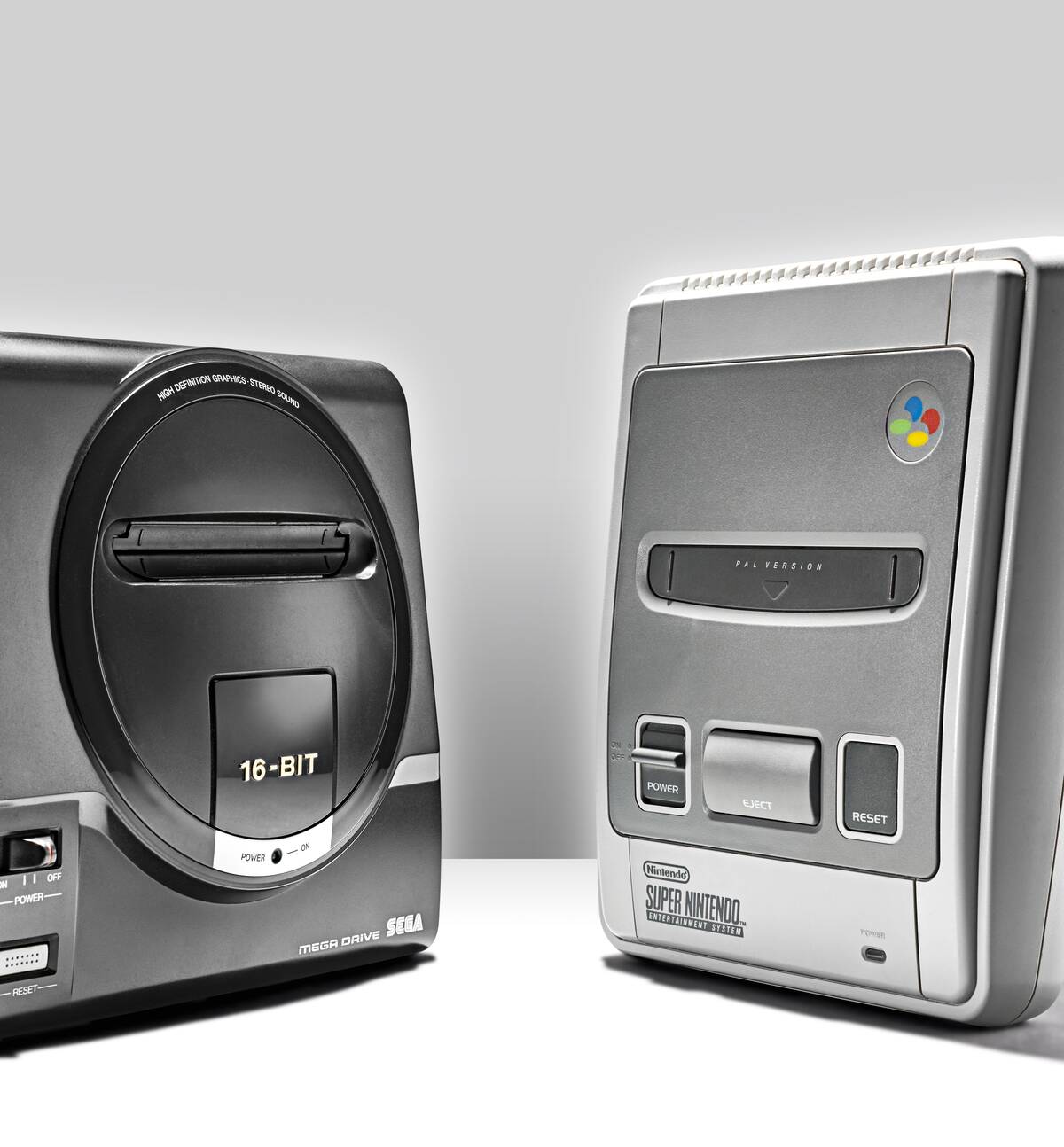
The transition from 8-bit to 32-bit systems marked a pivotal moment in gaming history. Consoles like the Nintendo Entertainment System (NES) paved the way, but it was the arrival of the Super NES, the Sega Genesis, and eventually the Sony PlayStation that truly expanded the possibilities.
These machines boasted improved graphics and sound, allowing developers to create more immersive experiences. This shift not only elevated the visual fidelity of games but also expanded their narrative complexity, setting the stage for a new era of storytelling.
The Battle of the Titans: Sega vs. Nintendo
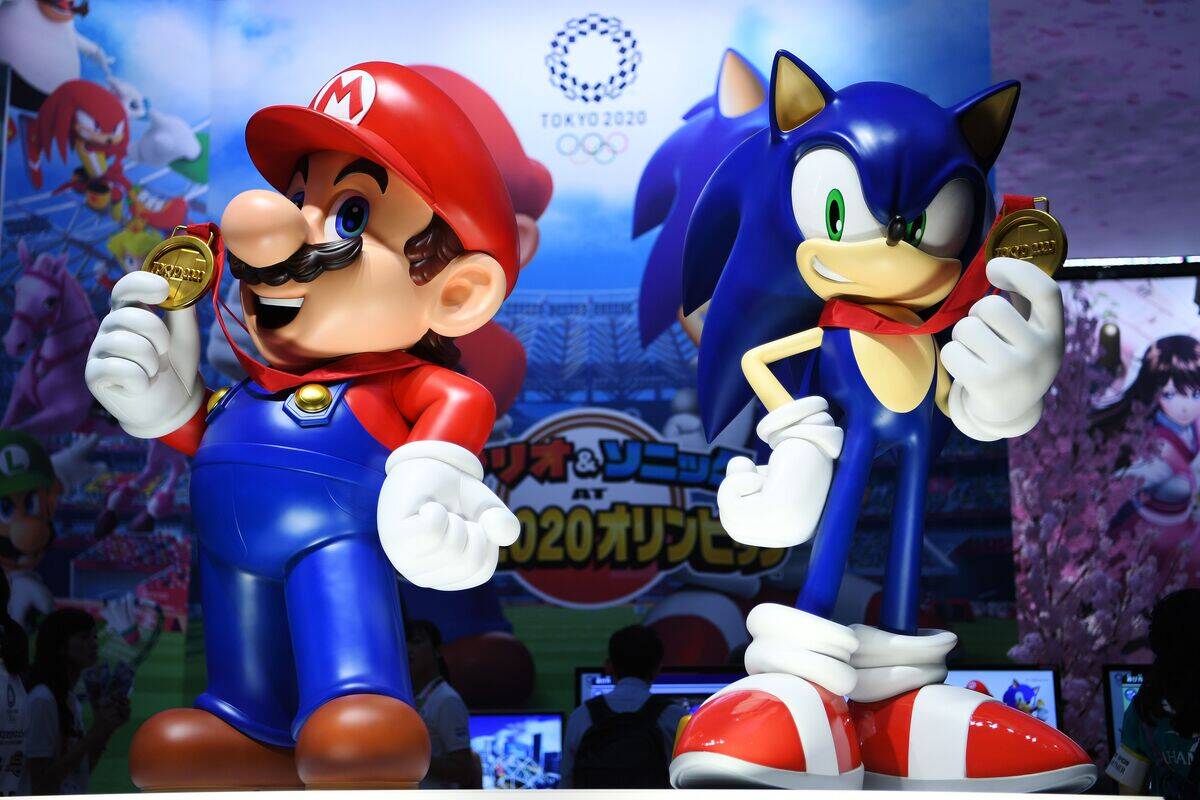
The ’90s were defined by the intense rivalry between Sega and Nintendo, two titans battling for supremacy in the gaming world. Nintendo had a stronghold with its classic franchises like Super Mario and The Legend of Zelda, while Sega countered with edgy alternatives like Sonic the Hedgehog.
This competition pushed both companies to innovate, resulting in a rapid evolution of gaming technology and memorable marketing campaigns. From “Genesis does what Nintendon’t” to the “Play It Loud” campaign, these battles became legendary.
Iconic Characters We Fell in Love With
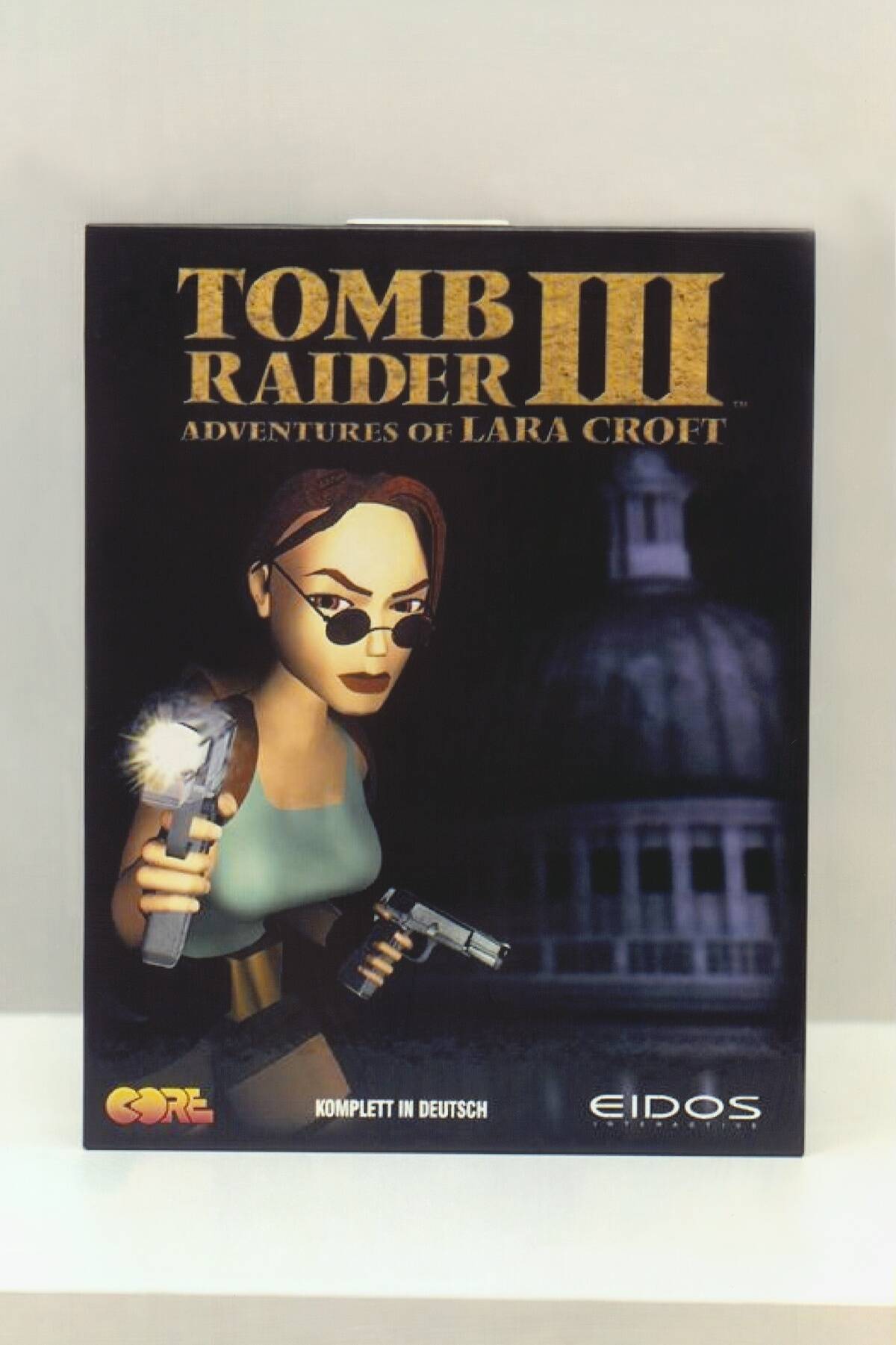
The ’90s introduced us to some of gaming’s most beloved characters, many of whom remain icons today. Who can forget the blue blur, Sonic the Hedgehog, sprinting through Green Hill Zone at lightning speed?
Then there’s Lara Croft, the daring archaeologist from Tomb Raider, who became a symbol of empowerment and adventure. These characters brought personality and charm to the games, making them unforgettable companions on our digital journeys. Their lasting appeal is a testament to the creativity of their creators.
The Birth of 3D Gaming: A New Dimension
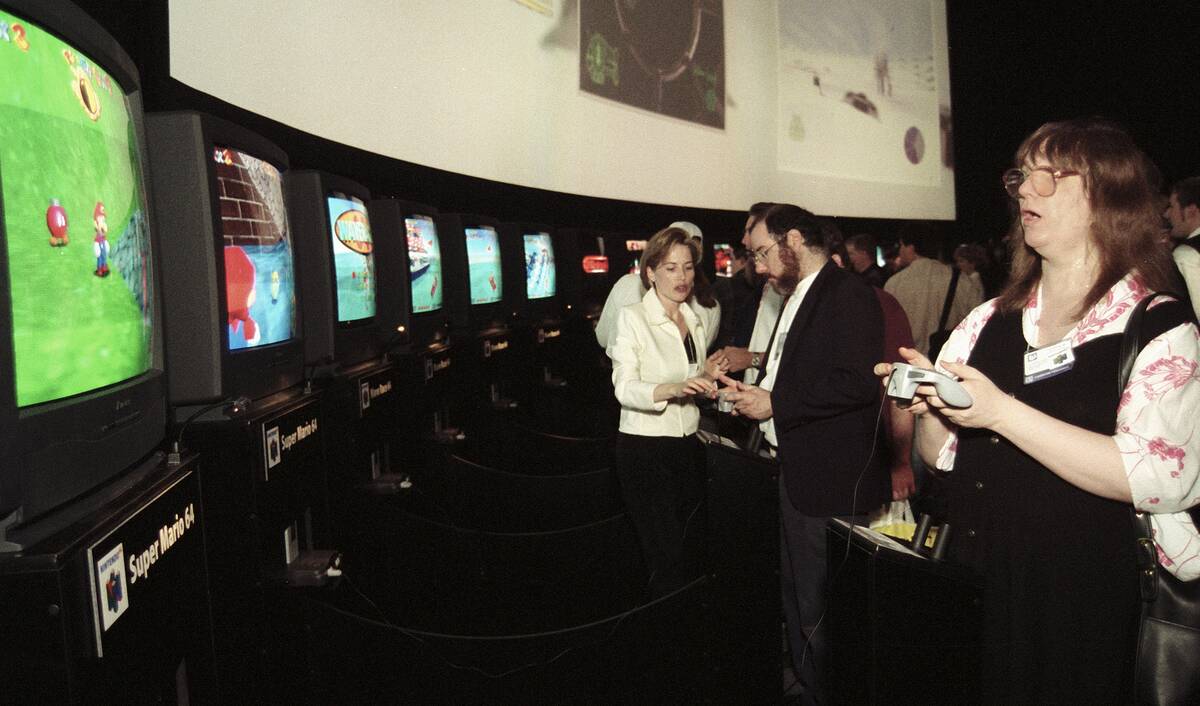
The leap to 3D gaming with the Sony PlayStation and the Nintendo 64 was a monumental shift that opened up new worlds for players. Titles like Super Mario 64 and The Legend of Zelda: Ocarina of Time showcased the potential of three-dimensional gameplay, offering players unprecedented freedom and immersion.
Suddenly, worlds were no longer constrained by two-dimensional planes, and players could interact with environments in more intuitive ways. This evolution not only changed how games were played but also how they were designed, setting new standards for the industry.
The Arcade Experience: Coins, Crowds, and Competition
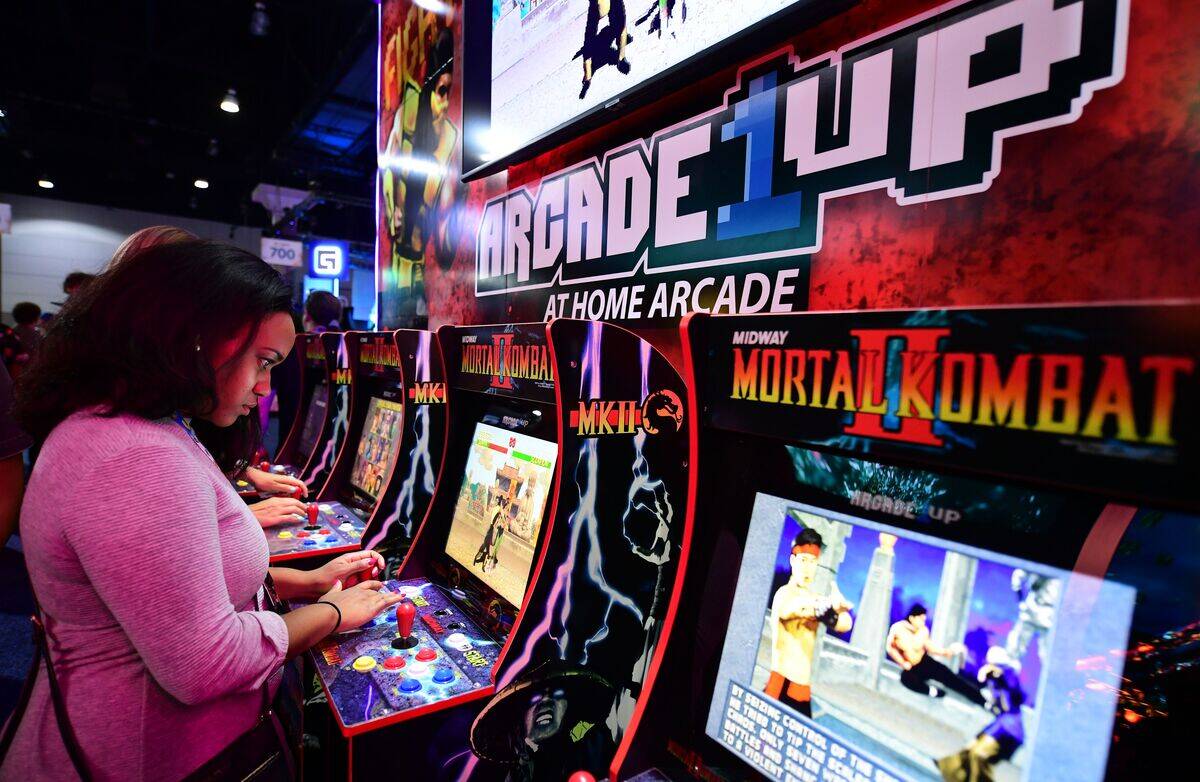
Even as home consoles gained popularity, arcades remained a social hub for gamers throughout the ’90s. These vibrant venues were filled with the clatter of coins and the hum of machines, offering a unique communal gaming experience.
Titles like Street Fighter II and Mortal Kombat became staples, drawing crowds eager to showcase their skills. The competition was fierce, and the thrill of placing your initials on the high score board was unmatched. Arcades were more than just games; they were arenas of camaraderie and rivalry.
Popular Genres: From Platformers to Puzzle Games
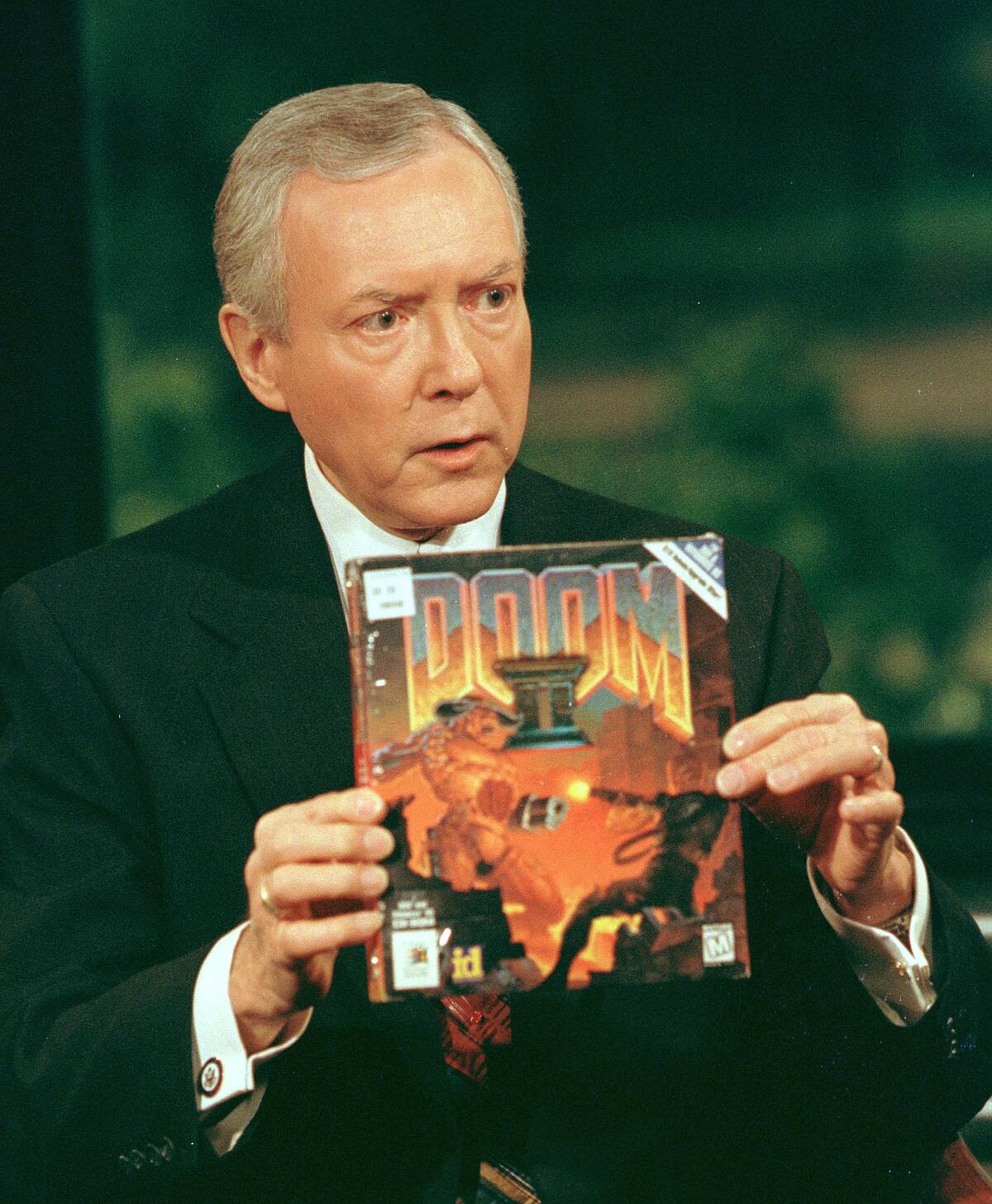
The ’90s were a golden era for diverse game genres, each offering its own unique experience. Platformers, led by Mario and Sonic, challenged players with precision and timing. Puzzle games like Tetris and Myst engaged our minds with increasingly complex challenges.
Meanwhile, the rise of first-person shooters, thanks to games like Doom and Quake, introduced a new level of intensity. Each genre carved out a special place in the gaming landscape, ensuring there was something for every kind of player.
The Soundtracks That Defined a Generation
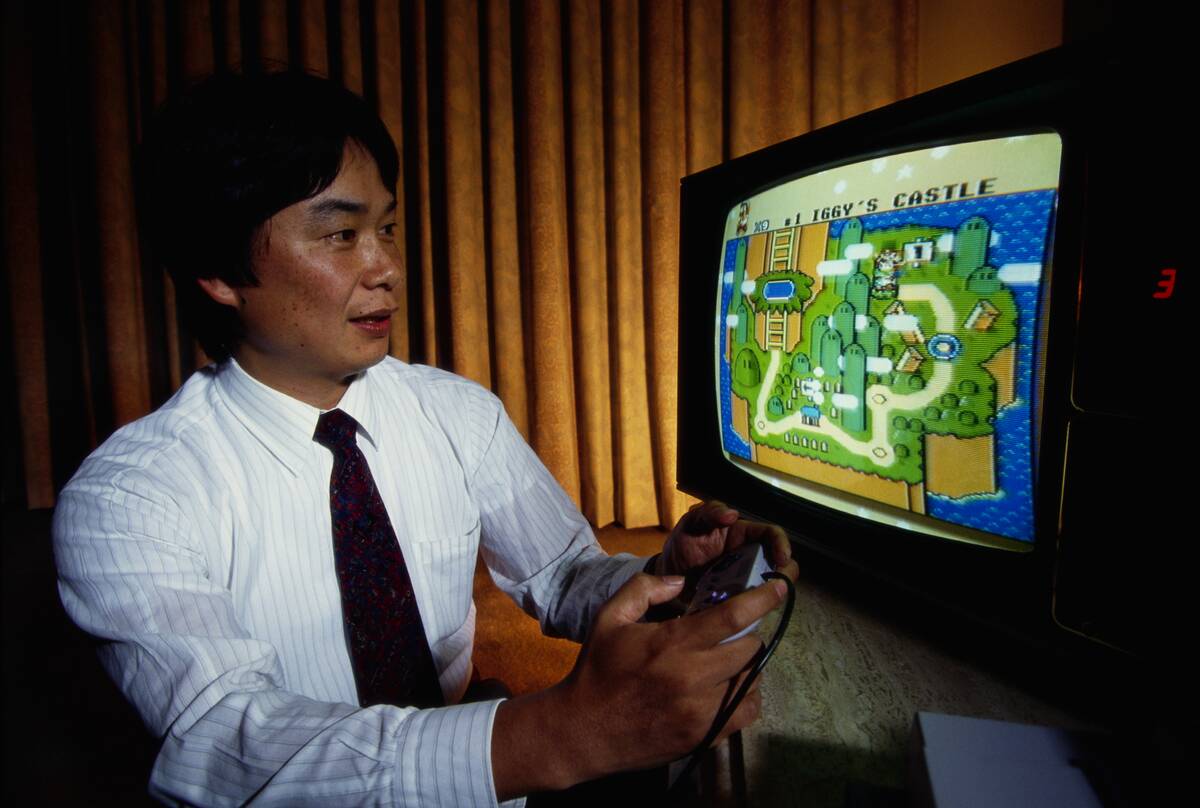
The ’90s gifted us with some of the most memorable video game soundtracks, cementing their place in our hearts and minds. Who could forget the catchy tunes of Super Mario World or the haunting melodies of Final Fantasy VII?
These soundtracks transcended the games themselves, becoming an integral part of the experience. Composers like Nobuo Uematsu and Koji Kondo became legends, crafting music that could evoke emotion and nostalgia with just a few notes. The music of this era continues to resonate with gamers today.
Multiplayer Madness: Couch Co-op and Competitive Play
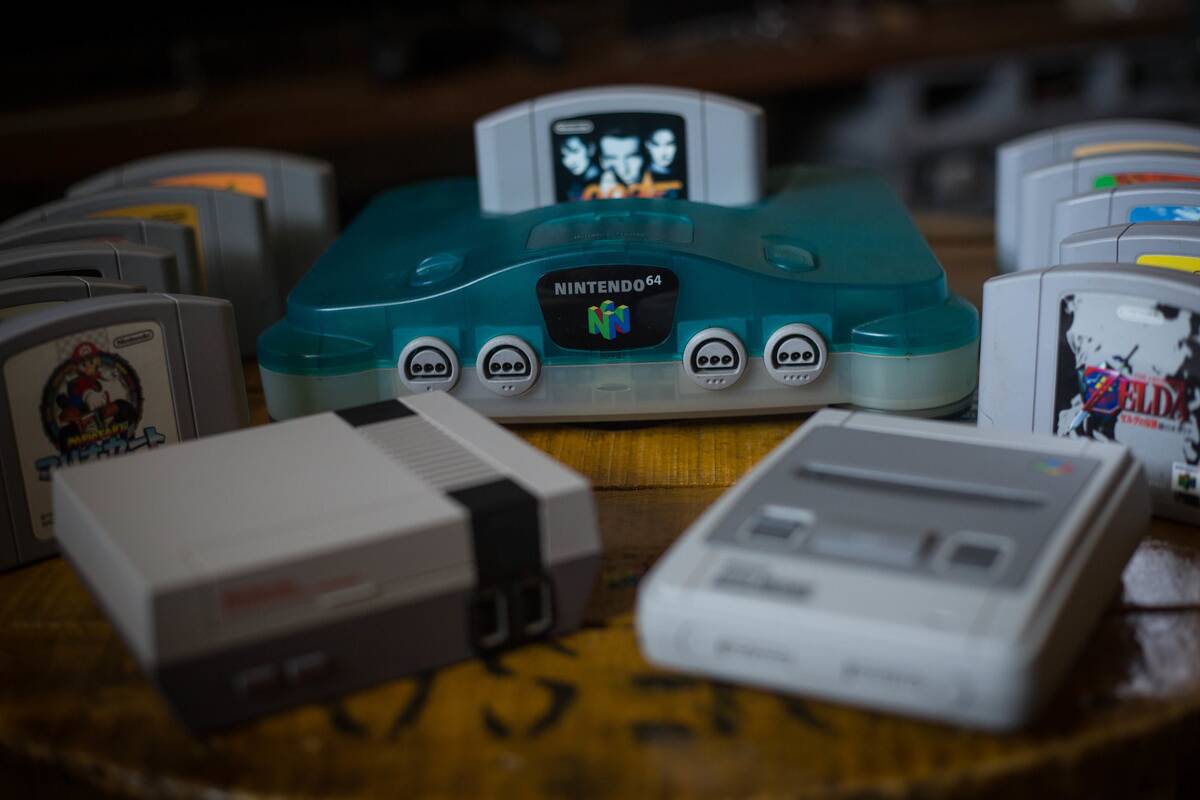
The ’90s were a time of multiplayer magic, where friends gathered around a single console for hours of shared fun. Couch co-op games like Mario Kart 64 and GoldenEye 007 became staples of social gatherings, sparking laughter and friendly competition.
Split-screen modes allowed multiple players to engage simultaneously, fostering an environment of camaraderie and rivalry. Whether it was teaming up to tackle a challenging level or squaring off in a heated battle, multiplayer games brought people together in ways that are cherished to this day.
The Advent of Handheld Gaming: Game Boy and Beyond

The ’90s saw the rise of handheld gaming, with the Game Boy leading the charge as a portable powerhouse. Released in 1989, its popularity soared in the ’90s with games like Pokémon Red and Blue captivating players on the go.
The convenience of playing anywhere, anytime, was a game-changer. Other companies soon followed suit, with devices like the Sega Game Gear and Atari Lynx offering their own portable experiences. This era laid the foundation for today’s mobile gaming revolution.
The Influence of Pop Culture on ’90s Video Games
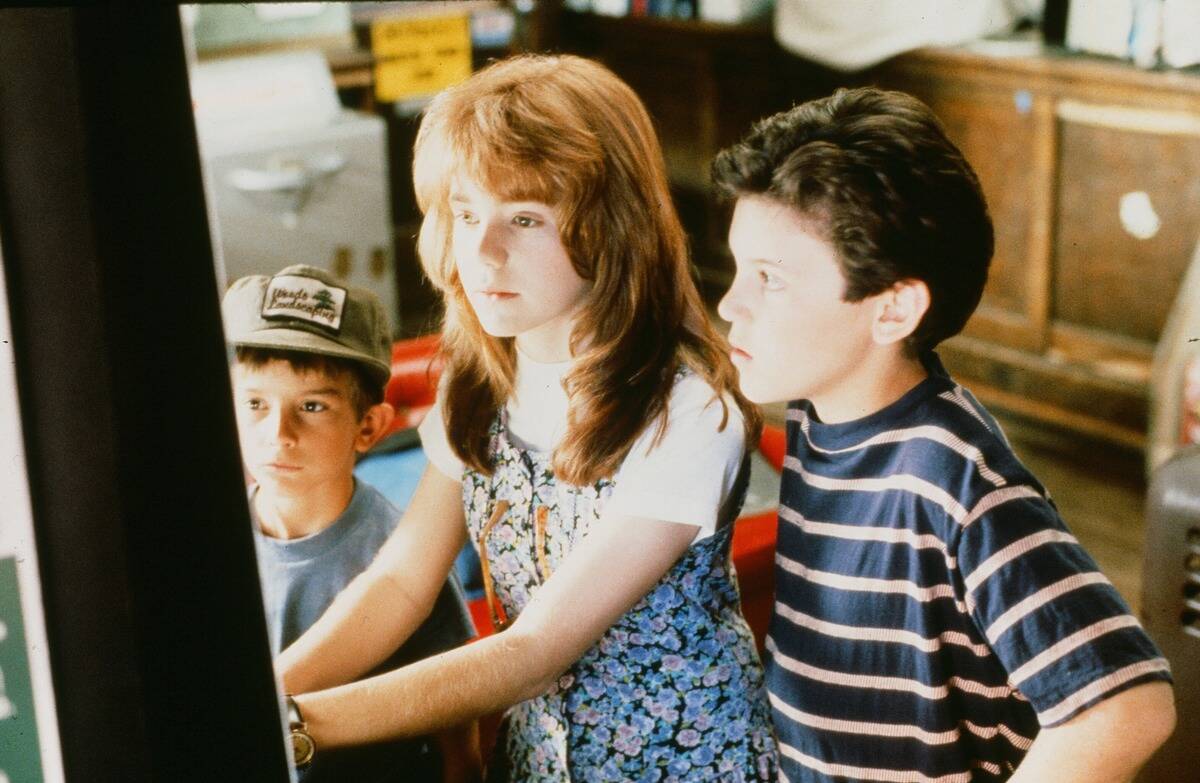
Pop culture and video games enjoyed a symbiotic relationship during the ’90s, each influencing and shaping the other. Movies like Jurassic Park and Terminator 2 inspired a wave of game adaptations that allowed players to step into their favorite films.
Meanwhile, iconic TV shows and music stars found their way into games, blurring the lines between entertainment mediums. This cross-pollination enriched both industries, creating a vibrant cultural tapestry that celebrated the spirit of the decade.
Groundbreaking Graphics: Pixels to Polygons
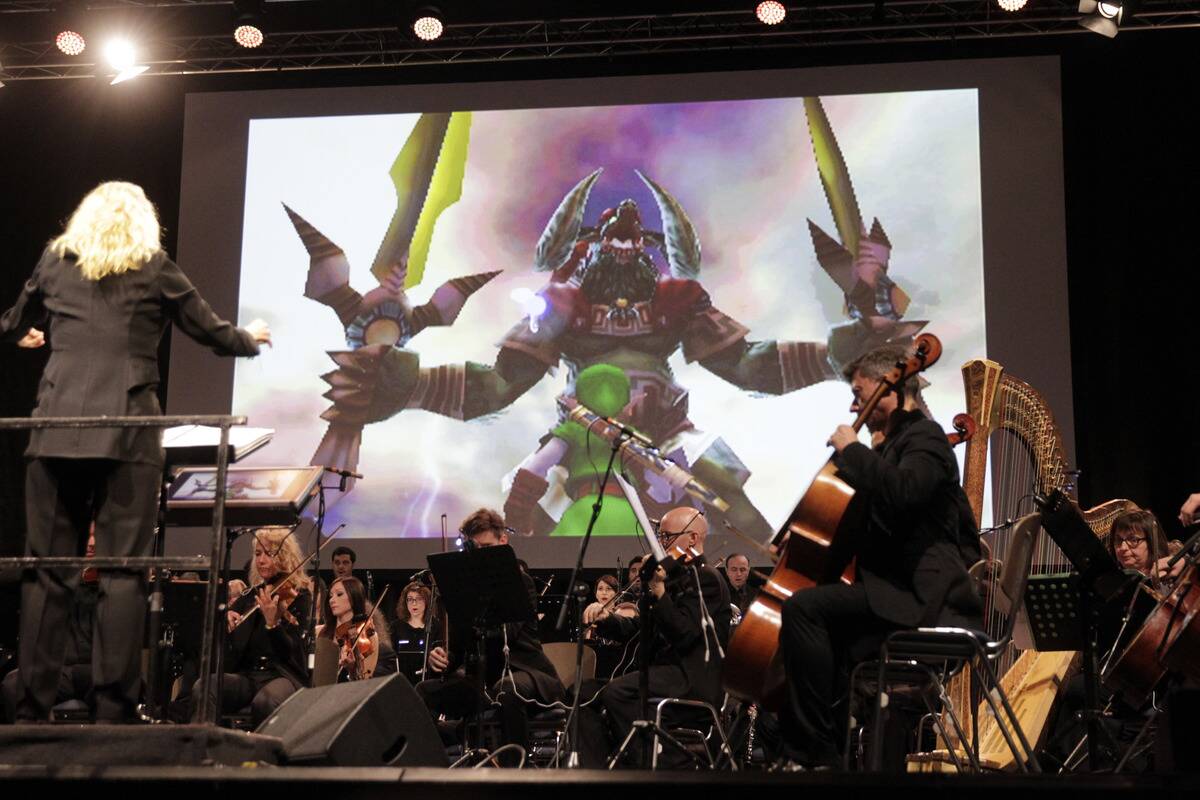
The graphical evolution from pixels to polygons was a defining feature of ’90s gaming. Early in the decade, titles relied on pixel art, which artists ingeniously used to convey vibrant worlds and characters.
As technology advanced, the shift to polygonal graphics brought a new level of realism and depth. Games like Tomb Raider and Final Fantasy VII showcased this leap, offering players a more immersive and visually striking experience. This transformation not only enhanced aesthetics but also expanded the possibilities for game design.
The Role of Video Game Magazines: Tips, Tricks, and Hype

In the age before the internet became ubiquitous, video game magazines were a vital source of information and excitement for gamers. Publications like Nintendo Power and GamePro were eagerly anticipated each month, filled with reviews, tips, and sneak peeks at upcoming titles.
These magazines offered a glimpse into the gaming world, complete with colorful layouts and exclusive content. They not only informed readers but also fueled the hype surrounding new releases, creating a sense of community among gamers.
Memorable Gaming Accessories: From Rumble Packs to Light Guns
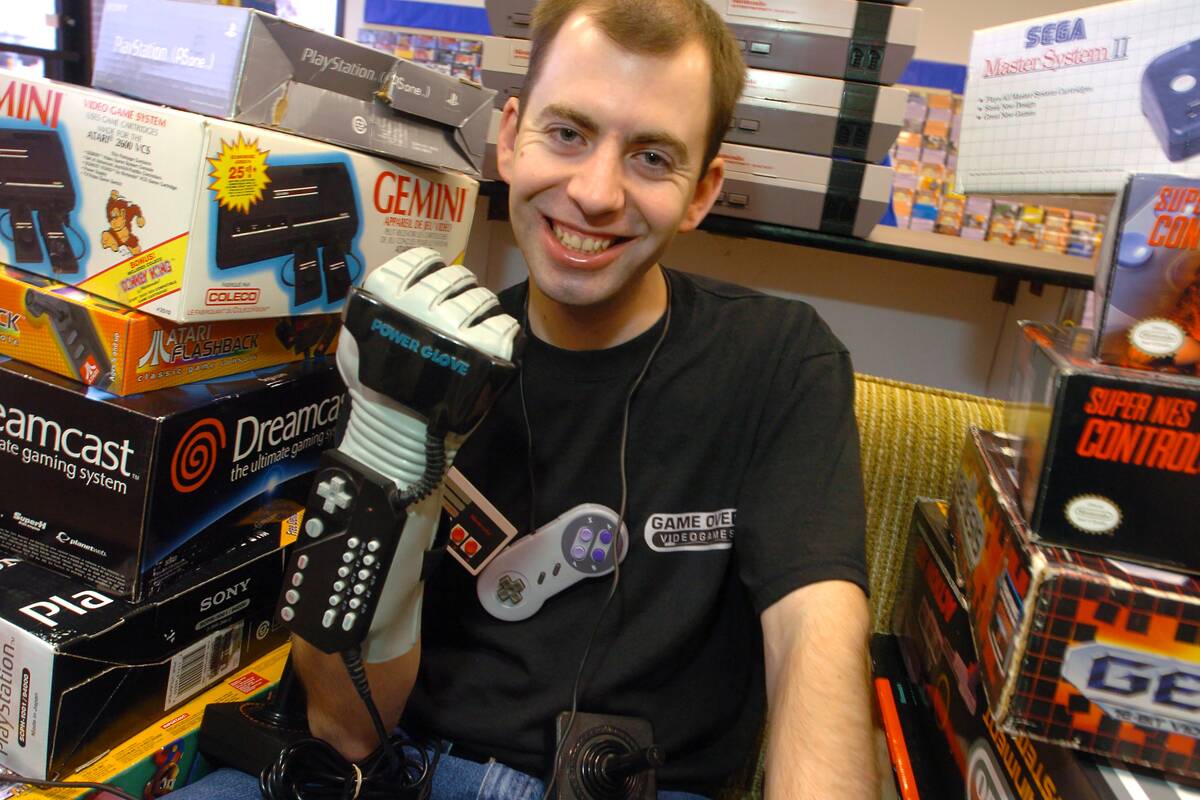
The ’90s were a time of innovation, not just in games but in the accessories that enhanced them. The introduction of rumble packs added a tactile element to gaming, allowing players to feel the action through vibrations.
Light guns brought arcade-style shooting games into the living room, offering a new way to interact with virtual worlds. These accessories expanded the gaming experience, providing new dimensions of engagement and excitement.
Cult Favorites and Hidden Gems: Games You Might Have Missed
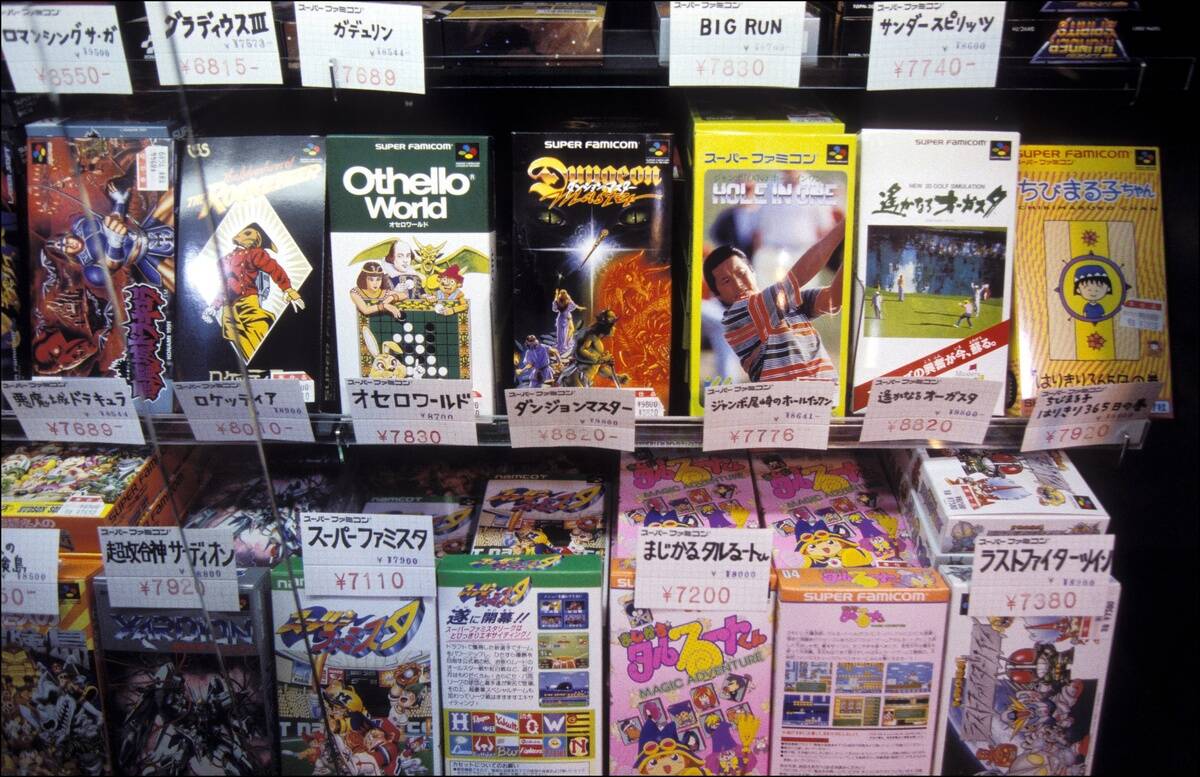
While blockbuster titles dominated the ’90s, the era also produced a treasure trove of cult classics and hidden gems. Games like EarthBound and Chrono Trigger, though not immediate commercial successes, garnered devoted fanbases over time.
These titles often pushed creative boundaries, offering unique narratives and gameplay mechanics. Discovering these lesser-known games was like uncovering a secret, providing players with experiences that were both rewarding and memorable.
The Evolution of Gaming Narratives: Storytelling in the ’90s
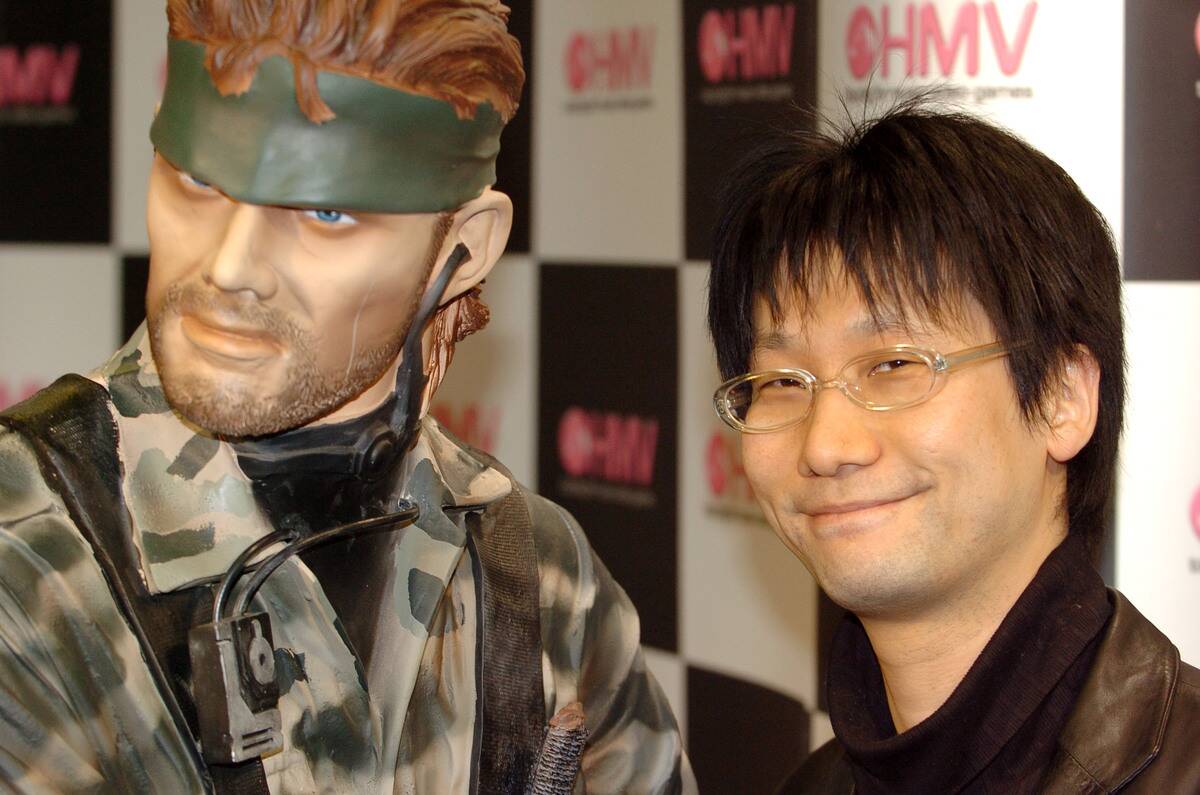
The ’90s marked a significant evolution in video game storytelling, with narratives becoming more complex and engaging. Games like Final Fantasy VII and Metal Gear Solid offered rich, cinematic experiences that rivaled those of Hollywood films.
Developers began to explore deeper themes and character development, immersing players in stories that could evoke a wide range of emotions. This narrative sophistication paved the way for the story-driven games that are prevalent today.
The Lasting Legacy of ’90s Video Games

The influence of ’90s video games continues to resonate in the industry today, with many modern titles drawing inspiration from this vibrant decade. The innovations in technology, storytelling, and design set the foundation for the games we enjoy now.
Many franchises that began in the ’90s remain popular, with new generations of players discovering their appeal. The era’s combination of creativity and technological advancement forged a legacy that remains an integral part of gaming culture.



